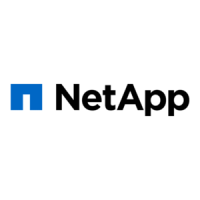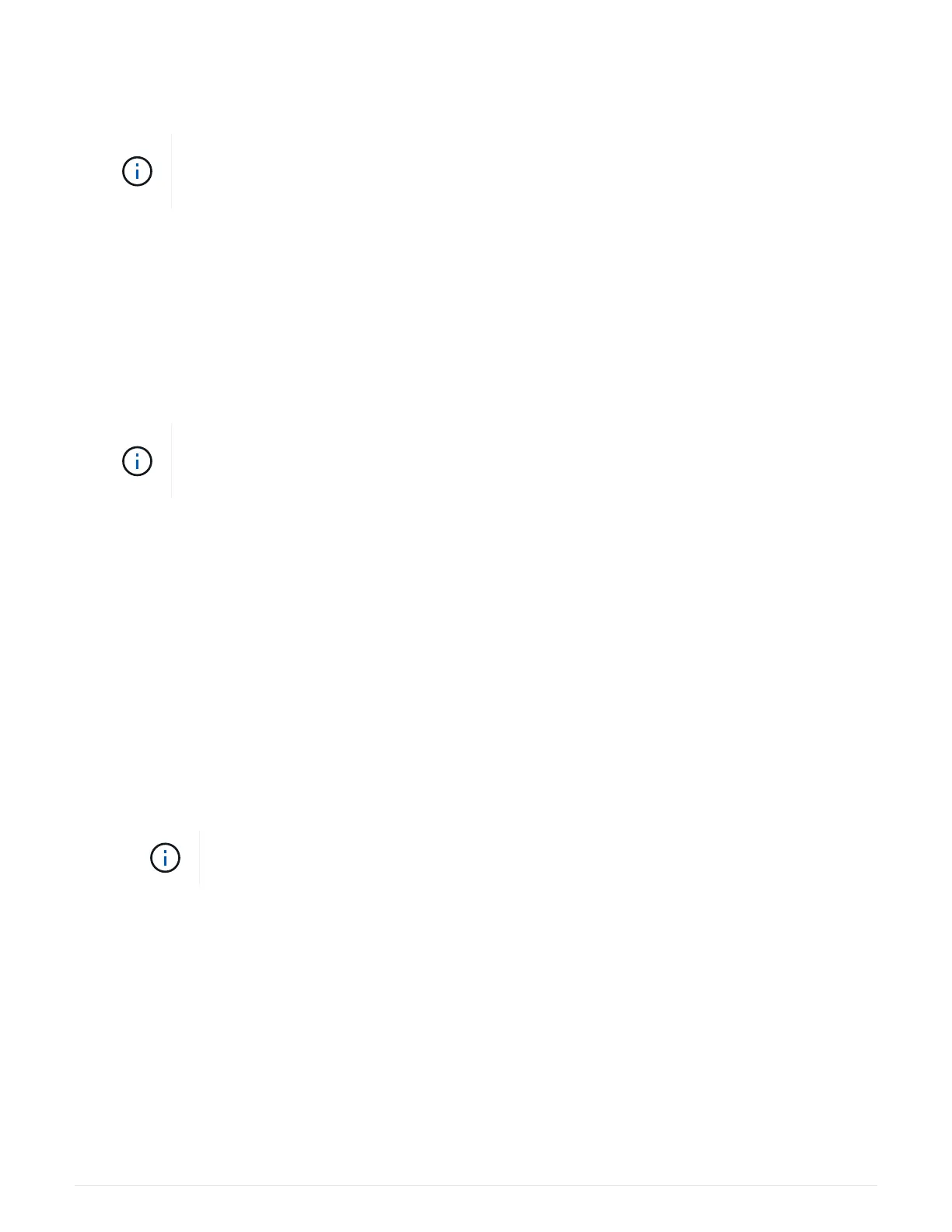• If you are hot-removing a disk shelf from a stack (but keeping the stack), you recable and verify one path at
a time (path A then path B) to bypass the disk shelf you are removing so that you always maintain single-
path connectivity from the controllers to the stack.
If you do not maintain single-path connectivity from the controllers to the stack when
recabling the stack to bypass the disk shelf you are removing, you could fail the system with
a multidisk panic.
Steps
1.
Verify that your system configuration is
Multi-Path HA, Multi-Path, Quad-path HA, or Quad-path:
sysconfig
You run this command from the nodeshell of either controller. It might take up to a minute for the system to
complete discovery.
The configuration is listed in the
System Storage Configuration field.
For a FAS2600 series single-controller system that has the external storage cabled with
multipath connectivity, the output is displayed as
mixed-path because the internal storage
uses single-path connectivity.
2. Verify that the disk drives in the disk shelves you are removing have no aggregates (are spares) and
ownership is removed:
a.
Enter the following command from the clustershell of either controller:
storage disk show -shelf
shelf_number
b. Check the output to verify that there are no aggregates on the disk drives in the disk shelves you are
removing.
Disk drives with no aggregates have a dash in the
Container Name column.
c. Check the output to verify that ownership is removed from the disk drives on the disk shelves you are
removing.
Disk drives with no ownership have a dash in the
Owner column.
If you have failed disk drives in the shelf you are removing, they have broken in the
Container Type column. (Failed disk drive do not have ownership.)
The following output shows disk drives on the disk shelf being removed (disk shelf 3) are in a correct state
for removing the disk shelf. The aggregates are removed on all of the disk drives; therefore, a dash
appears in the
Container Name column for each disk drive. Ownership is also removed on all of the disk
drives; therefore, a dash appears in the
Owner column for each disk drive.
1648

